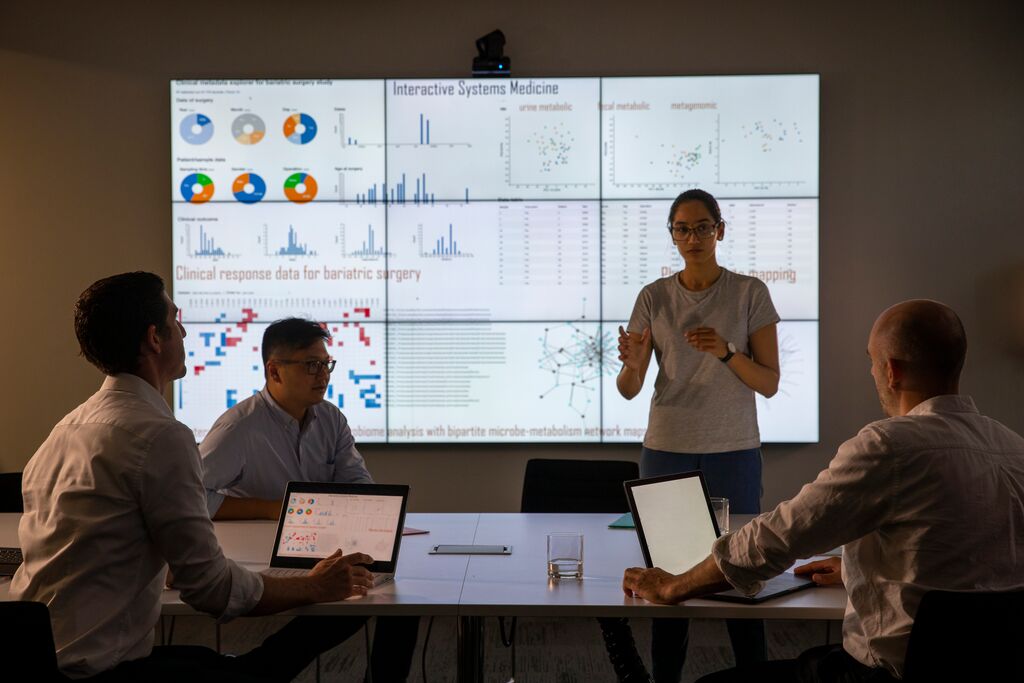Generate and disseminate strategic and impactful Real World Evidence to meet regulators, payers, providers and patients' needs






























- Locations
- Asia Pacific
- Evidence-Based Strategic Differentiation in the APAC Region – Introduction to IEG Series
Integrated Evidence Generation (IEG) has steadily evolved and is rapidly becoming a critical playbook for pharmaceutical companies aiming to navigate a complex and evolving global landscape. The Asia Pacific (APAC) region is known for its nuances and diversity across the healthcare ecosystem—from stakeholders to decision-making criteria, and from policy to clinical practice.
As the macroeconomic climate and technological playing fields are in a state of cacophony, an IEG strategy serves as a north star for navigating these complexities. IEG strategies empower pharmaceutical, medtech, biotech and diagnostic companies to generate the right evidence, at the right time, for the right stakeholders—ultimately accelerating access, supporting value demonstration, and future-proofing asset planning.
The APAC region consists of a spectrum of mature and emerging health systems, policy and payer environments. For the context of this article series, we refer to Australia, Greater China (including Hong Kong and Taiwan), Japan, South Korea, Southeast Asian and South Asian countries as the APAC region, though the coverage or geographical remits may vary among our customers and readers.
The APAC environment is shaped by:
- Regulatory Complexity and the Infancy of Harmonization: APAC is characterized by a mosaic of regulatory frameworks, with each country imposing unique requirements for drug approval, pricing, and reimbursement. With a growing momentum towards regulatory agility and reliance pathways such as ASEAN joint assessment1, adopting a unified, evidence-driven approach is critical for success.
- Localized Economic and Healthcare Infrastructure Reforms: Many APAC governments are actively reforming their life sciences and healthcare sectors to improve digital readiness, market access, intellectual property protection, and health technology assessments. However, the implementation is uneven and may lead to undesirable consequences for pharmaceutical industry. This means medical and access strategies must be agile, adaptable and responsive to the varying pace of reform in each country.
- Global Payer and Policy Dynamics: Heightened global pricing pressures are placing unprecedented demands on the pharmaceutical industry. The Most Favored Nation (MFN) pricing policy, for example, requires drugmakers to lower U.S. drug prices to match the lowest prices paid in other developed countries. Adoption of MFN pricing will not only intensify price negotiations but also recalibrate launch strategies in APAC to maintain commercial viability.
- Integrated Care and Patient Empowerment Shifts: Patient-centered care—through the integration of clinical and non-clinical care journeys—is reshaping healthcare demand and access priorities across APAC, further complicating evidence requirements for successful product launches.
Amid the external headwinds and internal organizational shifts, medical affairs teams are tasked to work across functions to represent the voice of HCPs and patients/caregivers for better value demonstration. They play a pivotal role in defining and providing the scientific evidence needed to appropriately change clinical practice, creating advocacy, and raising awareness to ensure the best use of treatments. This is no small feat—and supporting our medical affairs clients in this ever-evolving, uncertain landscape is our privilege.
In an effort to foster an open dialogue about directionality and disclosure for APAC and beyond, we will be publishing a 5-part series explaining our adapted IEG framework—covering what IEG is, who the stakeholders are, why it is required, when it should be developed, and how it is achieved. We look forward to partnering with you to explore what this means for your organization.

For more information on evidence planning and medical affairs solutions, contact us.
Reference:
1https://aapsopen.springeropen.com/articles/10.1186/s41120-024-00102-2

Read the first article, “WHAT is IEG in the context of APAC?” in our 5-part IEG article series
Article 1 will explore what IEG is, the different components of IEG, and provide an overview of our IQVIA IEG framework. It will also examine how IEG supports regulatory and reimbursement decision-making.


